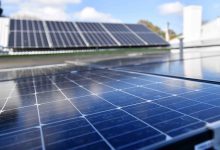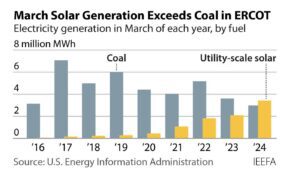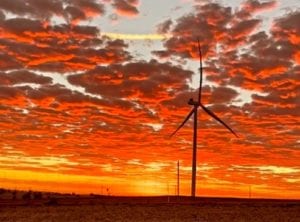The combined forces of rooftop and utility scale solar met the equivalent of all of South Australia’s electricity demand for more than six hours on Sunday, as “operational demand” was nearly eliminated as it fell to a record low on the same day.
The new benchmark was noted by the Australian Energy Market Operators, and some independent data analysts, and highlights – like the new demand lows in Western Australia – the rapidly changing nature of the country’s electricity grids.
According to AEMO, the minimum operational demand (i.e. that not provided by rooftop solar and other distributed resources) fell to a new record low of 100MW at 1pm on Sunday.
That was below the previous record set in November last year, and is headed towards the one time unthinkable benchmark of zero operational demand that AEMO expects to see in South Australia, possibly as early as this year.
At the time, rooftop solar provided 92 per cent of the state’s power needs. That’s not a record, but according to data provider NemLog2, the combination of rooftop solar and utility scale solar reached a new peak of 116.7 per cent of demand (at least in a five minute trading period), about one hour later.
This graph above, tweeted by AEMO late on Monday, highlights the role played by rooftop and utility scale solar during the day, accounting for more than 100 per cent of the state’s electricity demand between 10am until after 4pm on Sunday.
The excess supply – including some wind and a very small amount of gas to provide “synchronous” support to the grid – was exported to Victoria, or stored in batteries.
AEMO expects that the use of advanced battery inverters, and the new connection to NSW from 2025, will mean that at these times of excess wind and solar supply, no fossil fuel generation will be needed at all.
The essential grid services will come from the advanced battery inverters, which will allow the grid to be the first at this scale to operate on just wind, solar, and battery storage.
It’s been a dramatic transition over the last seven years, as energy analyst Dylan McConnell noted in his own tweet and graph that tracked the falls in operational demand during daylight hours over the last seven years.
Over the last 12 months, wind and solar have provided an average of more than 65 per cent of state electricity demand, and is expected to average 100 per cent in the next five years.
See also: Rooftop solar smashes demand and supply records in world’s biggest isolated grid












